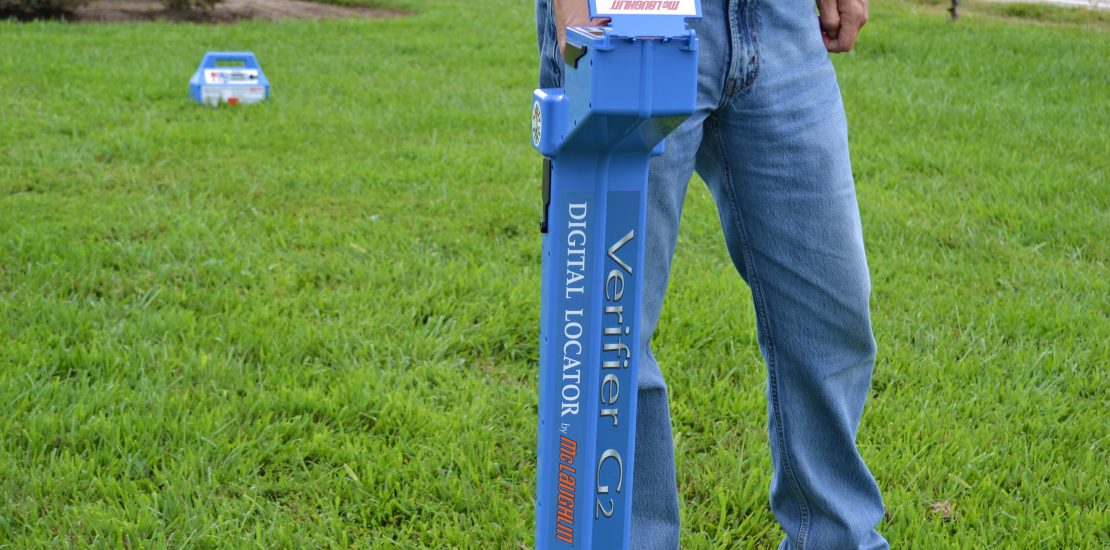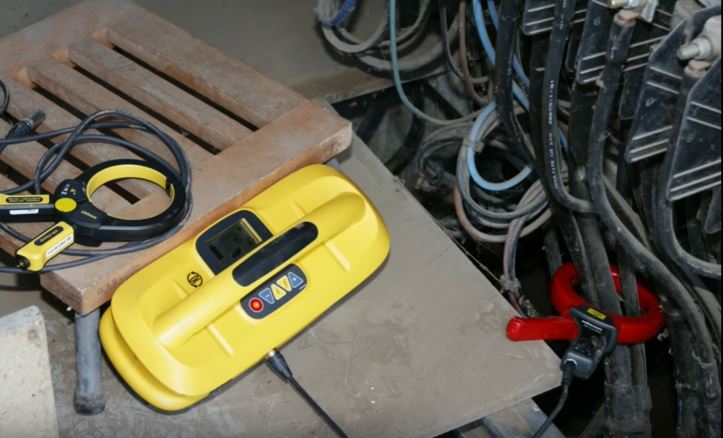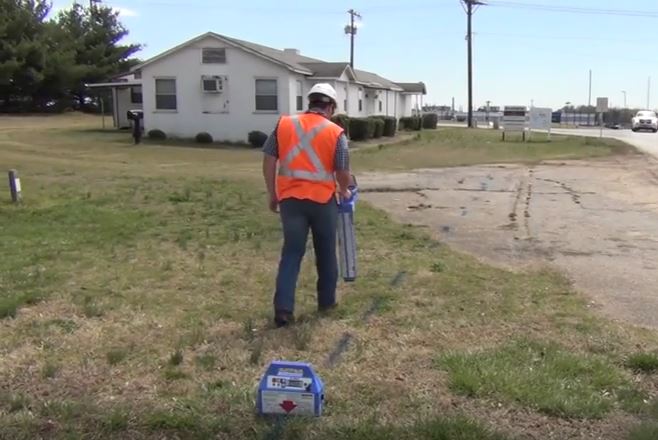How a Locating Instrument Works – Part 2

Locating Instrument Work – We ended last week by saying that there are only two way that our alternating current from the transmitter can be applied to the target line that we are trying to trace: Inductively or conductively – these two methods can also be known by different terms – metal-to-metal, non-metal-to-metal, clipping, clamping, direct connection – however it does not matter what term you know it as, the process is the same.
To inductively apply the transmitter’s energy to the target line you use either an inductive clamp which is placed around the cable or by placing the transmitter on the ground directly over the target line.
 When using the inductive clamp it is important to make sure that the clamp is completely closed around the target line. Usually inductive clamps will have two set of contacts Locating Instrument Work that must be touching – one at the extremities of the clamp whilst the second set is close to the clamp’s pivot pin. If these are not in contact, the circuit is not complete and none of the transmitter’s energy will transfer to the target line.
When using the inductive clamp it is important to make sure that the clamp is completely closed around the target line. Usually inductive clamps will have two set of contacts Locating Instrument Work that must be touching – one at the extremities of the clamp whilst the second set is close to the clamp’s pivot pin. If these are not in contact, the circuit is not complete and none of the transmitter’s energy will transfer to the target line.
The other inductive method is what many people call “dropping the box”. This method requires the transmitter to be placed on the ground as close as possible to where you think the target line is. The transmitter needs to be orientated correctly with the transmitter markings pointing in the direction that the line is running.
I’m not sure where the target line is running, I hear you say.
Well there are a couple of ways you can determine where the line might be:
- Find a visual end point – is there a pit, manhole, a valve, a meter, something that identifies the utility. Start by placing the transmitter in the vicinity of the visual point.
- With a colleague – one at the transmitter the other at the receiver, move the transmitter to the left or right whilst the peak reading on the receiver is observed.
- Place the transmitter on the ground at the point where the receiver’s peak reading is at its maximum. The transmitter will be exactly over the target line.
Next week we will look at the conductive method of connection.